In the past three decades, despite many achievements in the world regarding children’s rights, the United Nations Convention on the Rights of the Child (CRC) is still at a “crossroads” with three major challenges, including: poverty, inequality and discrimination. These three issues are hindering the implementation of children’s rights in many places around the world.
At the same time, the world’s children face alarming new threats to their survival and well-being – from online dangers to the impacts of climate change, growing questions about children’s rights (especially those of the most excluded) and, most importantly, the health, economic and social consequences of the COVID-19 pandemic.
As one of the world's leading regions in efforts to protect children's rights, the EU has taken many measures and issued various regulations to promote children's rights.
[caption id="attachment_586506" align="alignnone" width="836"]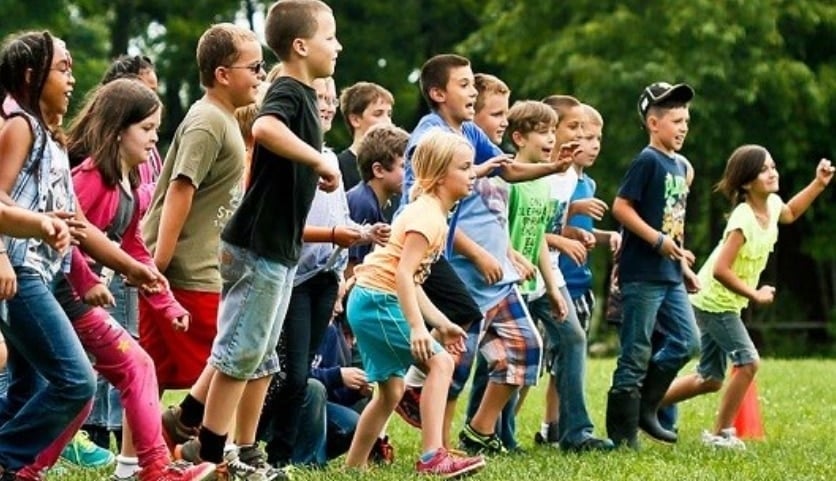 The EU has taken many measures and issued various regulations to promote children's rights. (Photo: Vietnam Law)[/caption]
The EU has taken many measures and issued various regulations to promote children's rights. (Photo: Vietnam Law)[/caption]Legal framework on children's rights
Over the years, the EU has moved towards a more coherent approach to children's rights. In particular, children's rights were initially built on specific policy areas, such as the free movement of people. Since 2000, the EU has had some coordination, based on the Charter of Fundamental Rights, the EU Treaties and the overarching communications of the European Commission, in particular the 2006 communication, Towards an EU strategy on the rights of the child, the 2011 EU agenda on the rights of the child and the March 2021 EU strategy on the rights of the child.
The 2011 EU Agenda for the Rights of the Child marked a major step forward, integrating children’s rights into all EU policy areas. The current EU strategy on children’s rights builds on these achievements. Taking into account inputs from stakeholders, including children, the current EU strategy sets out EU priorities for action in six areas for children’s rights, including the right to participate in political and democratic life, the right to socio-economic inclusion, health and education, combating violence against children and ensuring child protection, justice and fairness for children, child safety in the information and digital society and supporting, protecting and empowering children globally.
The strategy covers the specific needs of certain groups of children, including those in vulnerable situations and facing intersecting forms of discrimination. It also aims to promote children’s rights in all relevant EU policies, legislation and funding programmes, in order to build a “child-friendly culture” in EU policy-making.
What is the EU doing for children?
On the issue of ensuring children's quality of life, the EU has shown an increasing willingness to act in this area, although the responsibility for reducing poverty rests with Member States.
The European Commission (EC) published the Investing in Children: Breaking the Cycle of Disadvantage recommendation in 2013. This recommendation provides guidance to help Member States improve children's access to adequate resources and high-quality, affordable services. It also provides for monitoring, information exchange and cooperation in the field of child and family policies in the EU.
In order to ensure social rights, the EU pays special attention to the welfare of children. EU documents emphasize that the fight against child poverty is a top priority for European society today, identifying child care and support as a shared responsibility of European institutions, Member States, social partners and other stakeholders.
The related Social Action Plan, adopted in 2021, aims to lift 15 million people out of poverty by 2030, including at least 5 million children.
Then, in September 2022, the EC proposed a new European care strategy, which includes revised targets for providing good-quality, affordable early childhood care and education, with a focus on “closing the education gap between children at risk of poverty or social exclusion, children with disabilities or special needs and the total number of children”.
As of November 2022, some 15 EU Member States have adopted national action plans on children's rights, giving the EU additional strength to implement common goals on this issue.
[caption id="attachment_586507" align="alignnone" width="768"] Fighting child poverty is a top priority in Europe today. (Photo: Reuters)[/caption]
Fighting child poverty is a top priority in Europe today. (Photo: Reuters)[/caption]In its efforts to protect children from violence and abuse, the EU has adopted legislation to eliminate other forms of violence against children, including trafficking, sexual abuse, exploitation and child pornography, and to improve support for victims of these crimes.
At the same time, the EC has also reviewed and proposed a number of action strategies on this issue. In particular, the 2021-2025 Strategy on Combating Trafficking in Persons highlights that children are a common target group for trafficking in persons in the EU and that there is a need to improve support tools for this group. The strategy includes a commitment to provide financial support to support children.
In addition, the 2020-2025 Strategy to Combat Child Sexual Abuse was also adopted, which aims to provide a comprehensive response to child abuse both online and offline.
The EU has also adopted two new laws to combat child sexual abuse, including strengthening Europol’s powers to combat online child sexual abuse; and a temporary regulation, valid until August 2024, allowing online communication service providers to detect and report the problem on a voluntary basis.
In May 2022, the EC proposed permanent rules on the issue, which would force network providers to report and remove child sexual abuse material on their services.
Another issue of concern to the EU is the protection of the rights of migrant children, especially in the context of Europe being an attractive “destination” for migrants.
The EU, together with its Member States, has been actively implementing policies in this area. Current EU policies and legal instruments provide a framework for the protection of child migrants, including the conditions for receiving and processing their immigration applications.
The Action Plan on Unaccompanied Minors (2010-2014) has raised awareness of the needs of unaccompanied child migrants and promoted targeted action. The European Agenda on Migration, as well as communications on progress on its implementation, have also addressed the issue of protecting children during migration. However, the increase in the number of arrivals of migrants and asylum seekers, including children, has put pressure on Member States and highlighted some of the shortcomings of the current framework. The EU Strategy on the Rights of the Child and the Action Plan on Integration and Inclusion 2021-2027 highlight that children arriving in the EU need support to integrate, especially if they are unaccompanied.
Finally, on the right to be heard and to participate, the EU has taken a number of actions in recent years to ensure that children are heard. This has focused particularly on the justice system, through child-friendly justice initiatives. EU efforts include providing for special protections for children suspected or accused in criminal proceedings.
In addition, the EU has a Victims' Rights Strategy 2020-2025, which emphasizes the general principle: When children are victims of crime, their best interests and rights must be taken into account.
Flower Dance










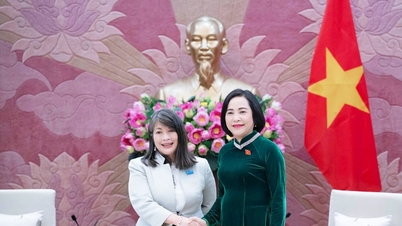



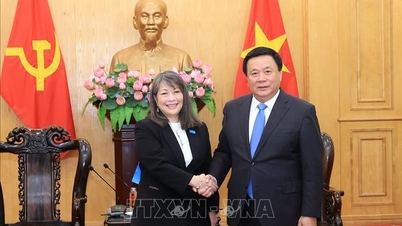
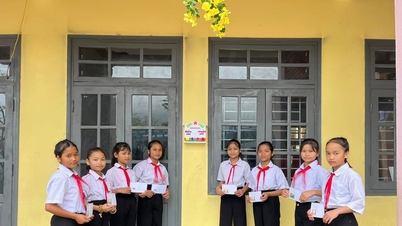



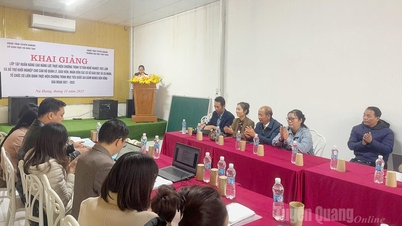

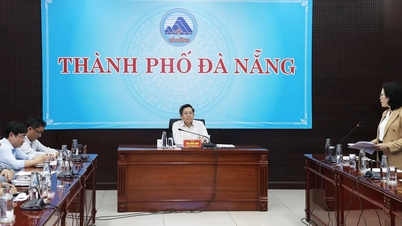
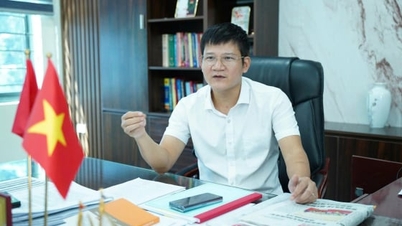



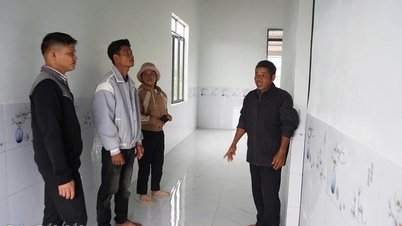

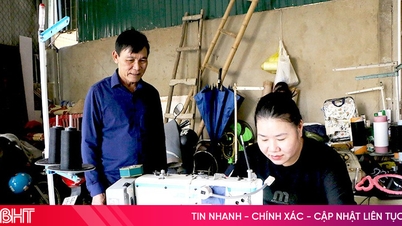







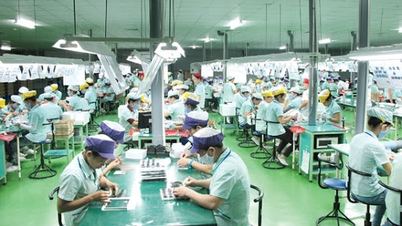
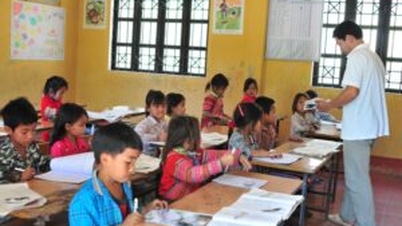






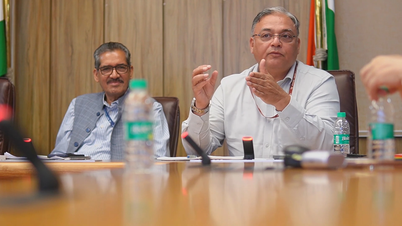




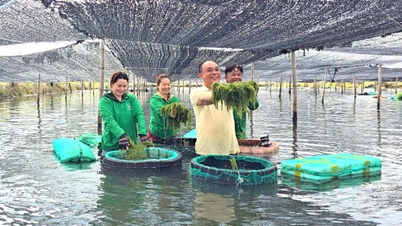


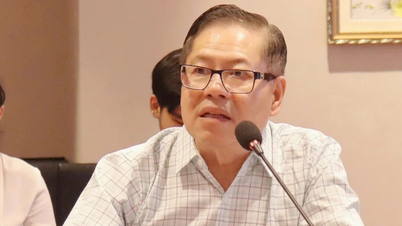

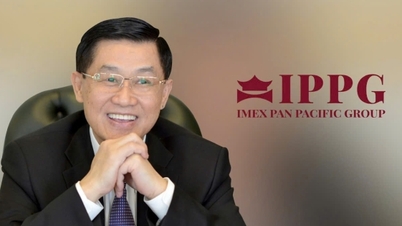



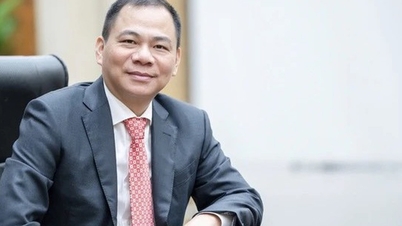


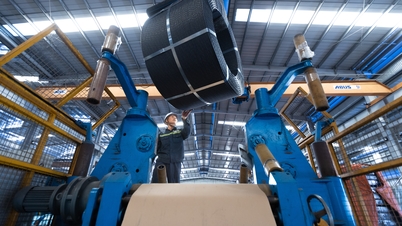
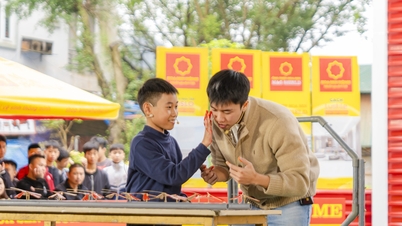


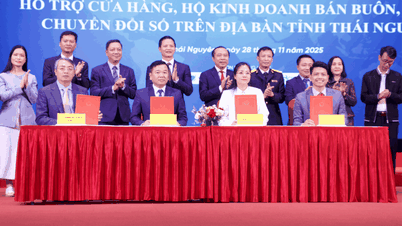
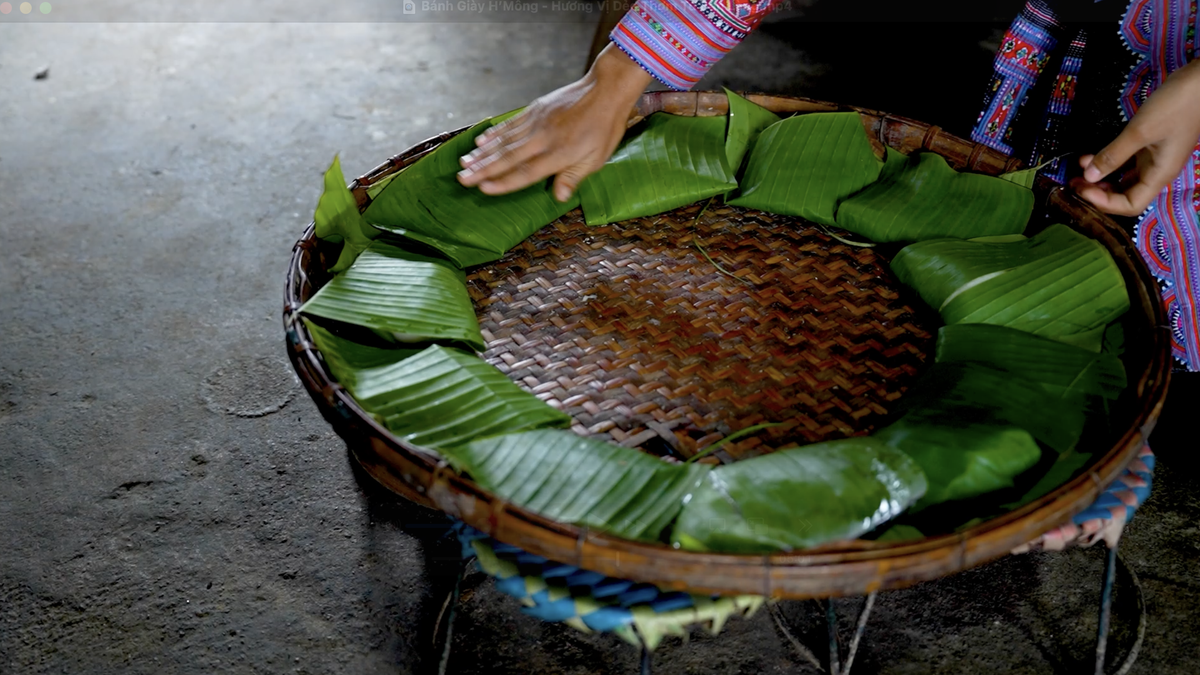

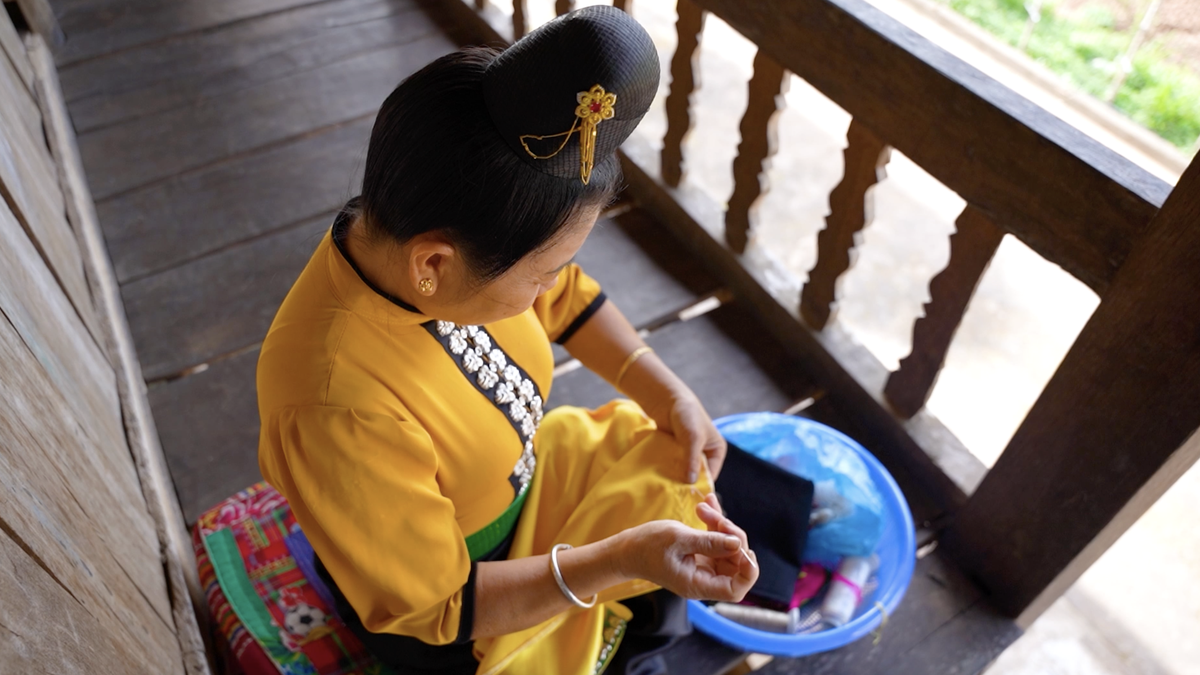


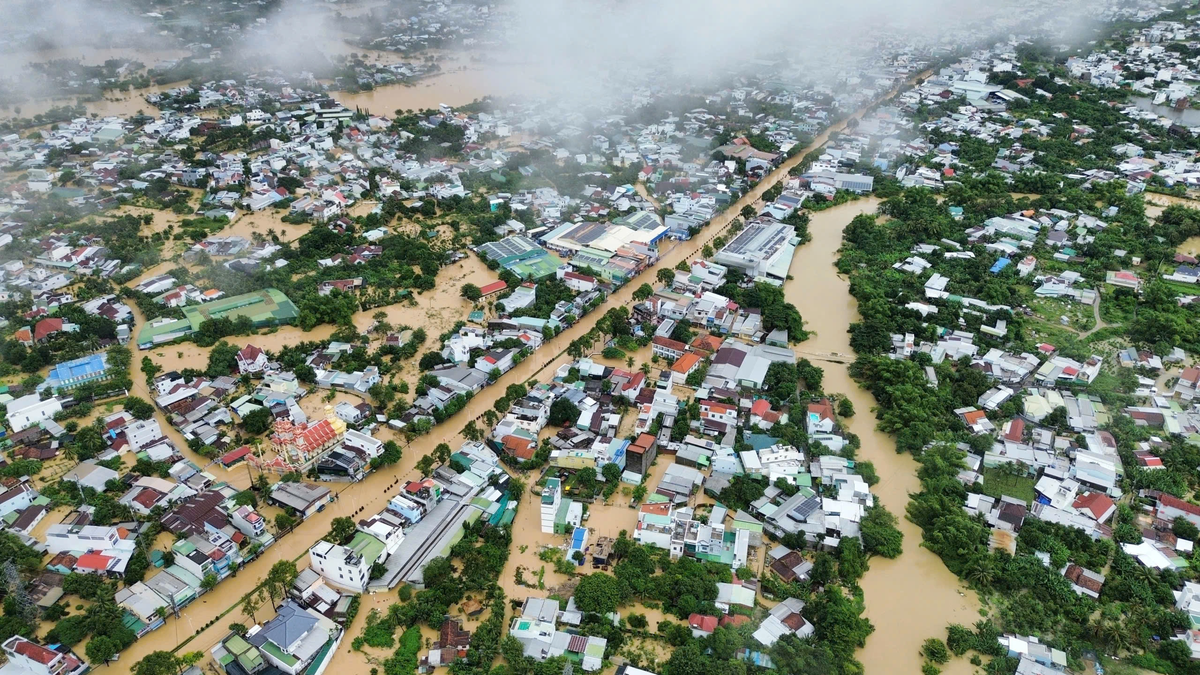

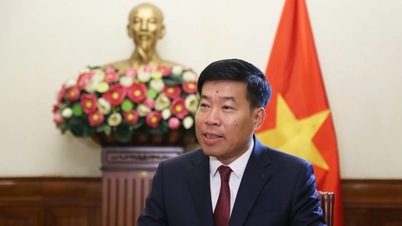




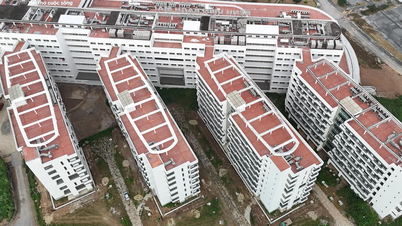






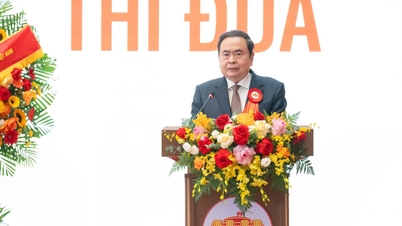


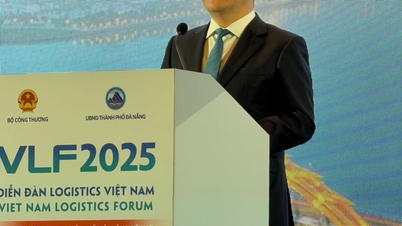
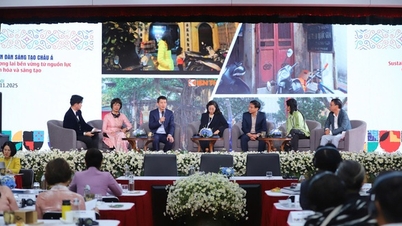



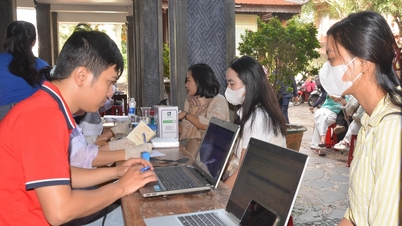
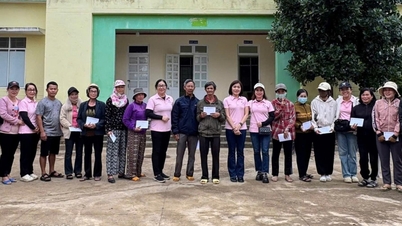
















Comment (0)